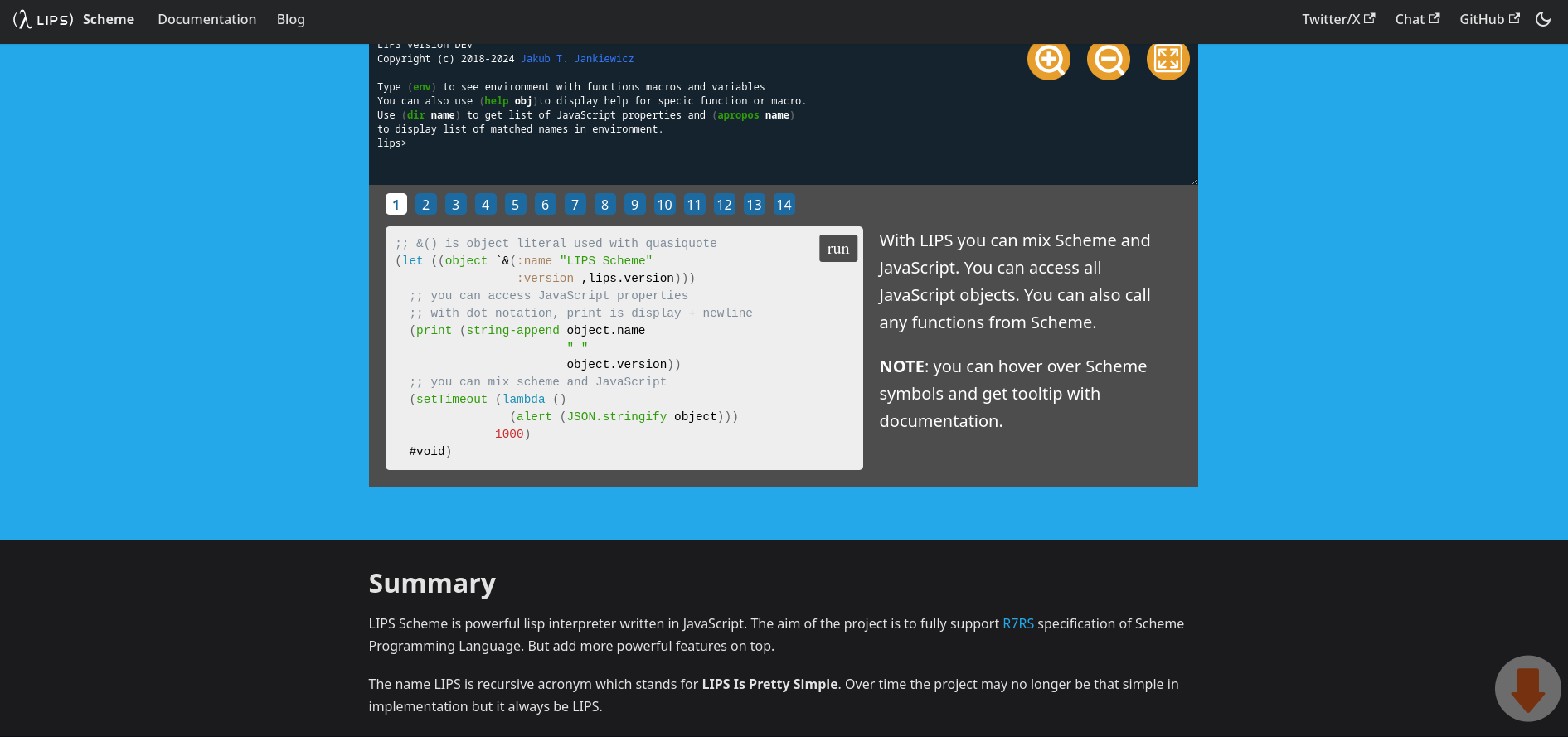I have an arrow with position fixed to indicate to the users that there are more content below the fold.
This is the CSS:
.arrow {
position: fixed;
right: 0;
top: 100%;
transform: translateY(-100%);
margin: -10px 10px 0 0;
z-index: 100;
opacity: 0.4;
}
.arrow svg {
width: 80px;
height: 80px;
}
I want the arrow to be hidden when it reaches the footer and visible when you scroll up.
Are there any techniques I can use that will be performant? I was trying to use IntersectionObserver, but just found that it doesn’t work with position: fixed. I was thinking maybe changing the CSS for it, but I’m not sure how I can have the same effect.
I was trying position: sticky. But I’m not sure if you can even use for such a thing.
I was also thinking about use Scroll Drive Animation, but I never used them and don’t know if their API allow something like this.
Is there a way to have this behavior with CSS alone, or do I need to use JavaScript and scroll event? I would prefer to use CSS solution or any modern solution that don’t involve execution JavaScript on scroll event.
EDIT Here is reproduction of the issue.
body {
margin: 0;
}
.arrow {
position: fixed;
right: 0;
top: 100%;
transform: translateY(-100%);
margin: -10px 10px 0 0;
z-index: 100;
opacity: 0.4;
}
.arrow svg {
width: 80px;
height: 80px;
}
.force-scrollbar {
height: 1000px;
}
footer {
background: black;
height: 200px;
}<div class="force-scrollbar">
</div>
<footer>
<div class="arrow">
<svg width="361.514" height="361.514" viewBox="0 0 95.651 95.651" xmlns="http://www.w3.org/2000/svg"><g transform="translate(-58.796 -13.995)"><circle style="fill:#e6e6e6;fill-opacity:1;fill-rule:evenodd;stroke:none;stroke-width:4.79999;stroke-linecap:round;stroke-linejoin:round;stroke-dasharray:none;stroke-opacity:1" cx="106.621" cy="61.821" r="47.825"></circle><path style="fill:#ff5300;fill-rule:evenodd;stroke-width:3.70417;stroke-linecap:square" d="M94.271 32.634a3.252 3.252 0 0 0-3.26 3.26v31.111h-6.33a2.612 2.01 0 0 0-2.194 3.101l21.58 25.686a2.99 2.3 0 0 0 5.02 0l21.685-25.81a2.507 1.929 0 0 0-2.105-2.977h-6.525V35.894a3.252 3.252 0 0 0-3.26-3.26z"></path></g></svg>
</div>
</footer>
 Question posted in
Question posted in 


2
Answers
CSS alone cannot solve this issue. (Also, there are workaround solutions that don’t do exactly what you ask for, but from the visitor’s perspective, the result is the same.)
However, with JavaScript, you can monitor the page scrolling. Upon each scroll, you check if the top of the
<footer>element has been reached. The distance between the top of the<footer>element and the top of the page can be queried usinggetBoundingClientRect(). To determine the current position of the scrolling, you need to add the height of the screen, as it gives you the top of the scroll.Therefore, if the
<footer>is even 1px visible on the screen, the arrow will disappear.If you use
opacityinstead ofdisplay, an animation can also be ordered for the disappearance/appearance. However, the element will then remain there. It can prevent you from clicking.A somewhat cheating solution is to rearrange the DOM slightly and bring the footer forward in the third dimension compared to the arrow using
z-index.